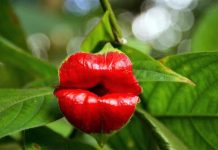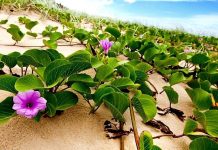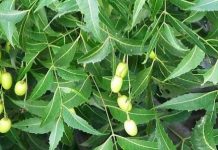Family: Urticaceae
Synonym: Urtica pulcherrima Roxb.
Bengali/Vernacular name:Murichia, Brihoti, Jongallya shak.
Tribal name: Nahplanggi (Bawm), Jungalya shak (Chakma, Tanchangya), U-chain-khayn (Chak), Amthay (Khumi), Ma cha da (Marma), Kang leng (Murang), Jangira buchuk (Tripura).
English name: Dogal tree.
Description of the plant: A large shrub to small tree, 2-6 m tall. Leaves alternate, petiolate, lanceolate to narrowly lanceolate, 13-17 cm long, thinly leathery, base broadly cuneate, apex acuminate, serrulate, 3-nerved, adaxial surface dark green, abaxial surface greyish tomentose. Spikes in branched cymes, about equally to the petiole; flowers minute.
Plant parts used: Leaf.
Herbal uses: A paste made with the leaves of the plant is applied externally to the wetted head and kept for half an hour, then head is washed with shampoo, this procedure should be followed for consecutive seven days to treat dandruff.
Paste prepared from the leaves of the plant is applied to the infected place twice a day until the eczema is cured.
A fresh juice extracted from the roots of the plant is taken three times a day (50 ml amount each time) in empty stomach for three weeks to treat jaundice.
Decoction prepared from the leaves of the plant is taken twice a day for two days to treat flatulence.
A paste made with the leaves of the plant is applied to the affected area twice a day for five days to treat boils and blister.
Fresh juice extracted from the leaves of the plant is applied into the affected eye thrice a day (one drop each time) for five days to treat itching of eyes.
A curry cooked with the young leaves of the plant is eaten with rice a day for three days to treat lactopania.
Distribution: It is found in the forests of Sylhet, Chittagong, and Cox’s Bazar districts.
Is this plant misidentified? If yes, please tell us….















… [Trackback]
[…] Information to that Topic: natureinfo.com.bd/sarcochlamys-pulcherrima-gaudich/ […]